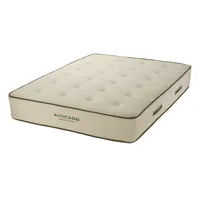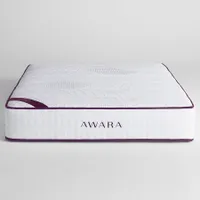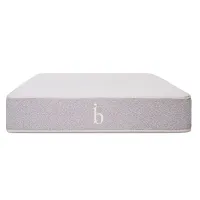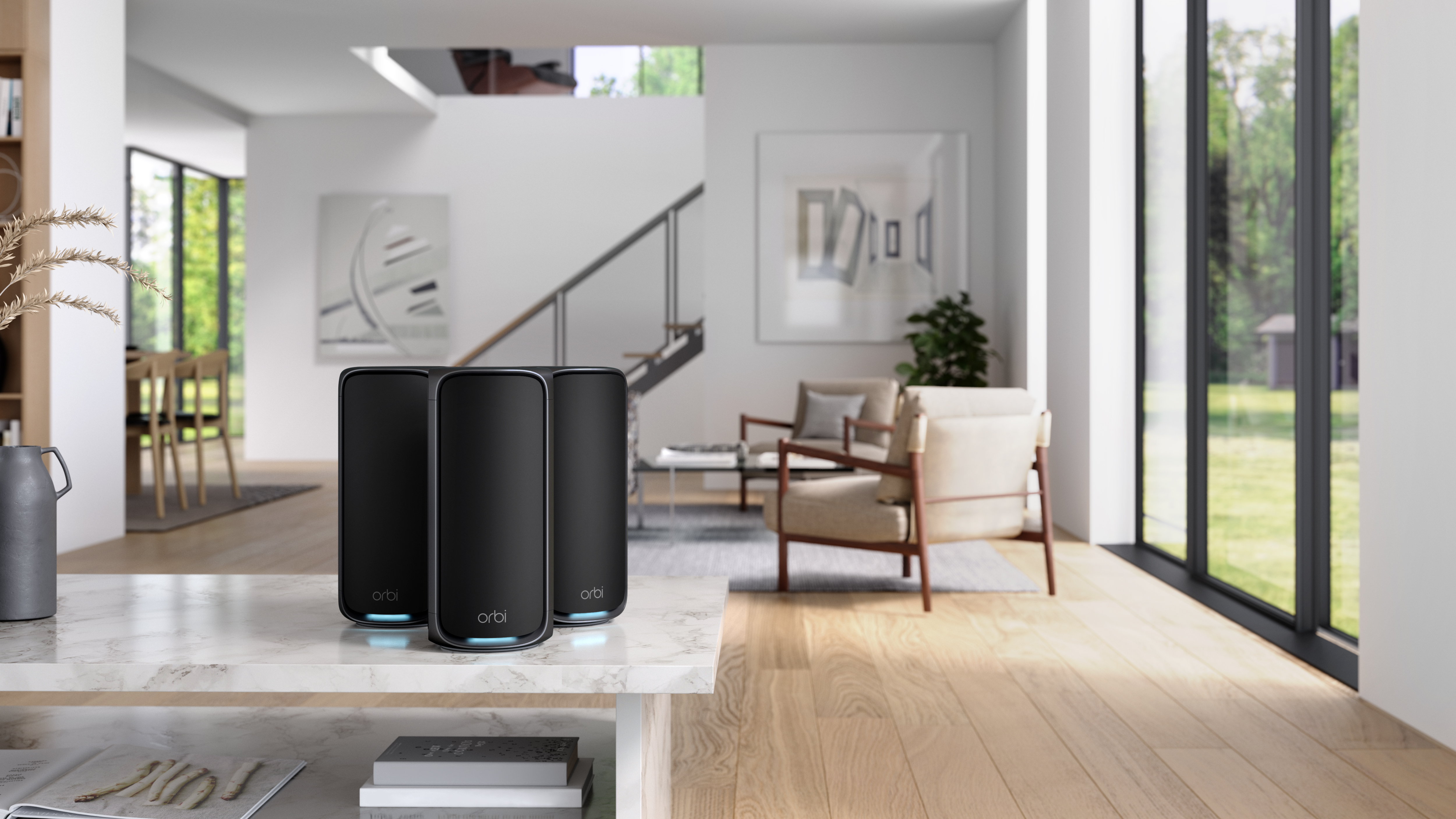5 signs you should be sleeping on a latex hybrid mattress, not a memory foam hybrid
Here's the tell-tale signs that you need to switch from a memory foam hybrid mattress to a latex hybrid

Hybrid mattresses mix together foam and coils, creating a great balance between comfort and support. While most hybrids use memory foam for its body-cradling pressure relief, a lot of organic hybrid beds are using natural latex foam instead. So, if you're having trouble sleeping on your memory foam hybrid, it may be a sign that it's time to switch to a hybrid that uses latex.
While some of the best mattresses are memory foam hybrids, that doesn't mean they are suitable for all sleepers. Latex hybrids are becoming more and more popular thanks to their eco-friendly appeal and durable, high-quality materials.
Here, we'll run through the most common tell-tale signs that you should be sleeping on a latex hybrid instead of a memory foam hybrid. Plus, If you recognise these symptoms, we'll show you the best latex hybrid mattresses you can invest in ahead of the Memorial Day mattress sales.
What is a hybrid mattress?
While the traditional mattress has always been an innerspring, containing only springs or coils for bouncy support, springs or coils are now combined with foams to create hybrid mattresses. Hybrid mattresses are generally more expensive than innerspring or all-foam beds as they offer the best of both worlds: the support of a tier of coils and the comfort of foam.
In our guide to the best hybrid mattresses, most of our picks use memory foam for its sink-in softness and body-hugging pressure relief. However, the best organic mattresses on the market are now hybrids that combine coils with latex foam instead of memory foam.
5 SIGNS YOU SHOULD BE SLEEPING ON A LATEX HYBRID VS MEMORY FOAM HYBRID MATTRESS
1. You miss that bouncy feel
Most memory foam hybrids come with a plush pillow top or a top layer of gel-infused memory foam for a soft, pressure-relieving surface. These extra-cosy surfaces can be great for lightweight sleepers, side sleepers, and those who enjoy the traditional "hug" of memory foam.
However, others may miss the bouncy, springy feel of the classic innerspring (which most of us are familiar with). This is especially true for combination or restless sleepers, who may find it hard to move around and change positions during the night and need a responsive surface. Fortunately, latex has a more buoyant feel, which is closer to an innerspring feel than memory foam.
Get instant access to breaking news, the hottest reviews, great deals and helpful tips.
2. Your mattress already needs replacing
Memory foam hybrids may last longer than innersprings, but they don't last anywhere near as long as latex hybrids. Latex hybrids may be more expensive than memory foam hybrids (some of the best cheap mattresses on the market are memory foam hybrids) but they can be worth their premium price tag due to their durability and high-quality materials.
If you find that you're memory foam hybrid is already showing signs of wear, such as premature sagging and creakiness, it may be time to invest in a latex hybrid that can last up to 20 years.

3. You want a cleaner, non-toxic sleep
One of the benefits of latex hybrids is the materials' hypoallergenic properties. While memory foam is dust-mite resistant, latex is antimicrobial and resistant to other allergens, too, such as mold and mildew.
Latex hybrids also tend to be all-natural and organic, and so are free of harsh chemicals and toxic flame retardants, such as fiberglass. They are also paired with other certified organic materials such as organic cotton and wool covers and natural, non-toxic flame barriers.
4. You don't feel supported enough
All hybrids contain a good degree of support thanks to their coil tier. Hybrids also come in different firmness levels and thickness, which can also alter the feel and degree of support. However, latex hybrids tend to be a lot more supportive thanks to latex's dense, firmer feel. If you don't think your sleep is properly supported, you might need a firmer mattress, not a soft bed.
If you're a stomach or back sleeper and find yourself waking up with aches and pains in the lower back, then this could be due to your hips not being adequately supported by a too-soft memory foam hybrid. A latex hybrid, on the other hand, can keep your spine healthily aligned by prevent your hips from dipping.
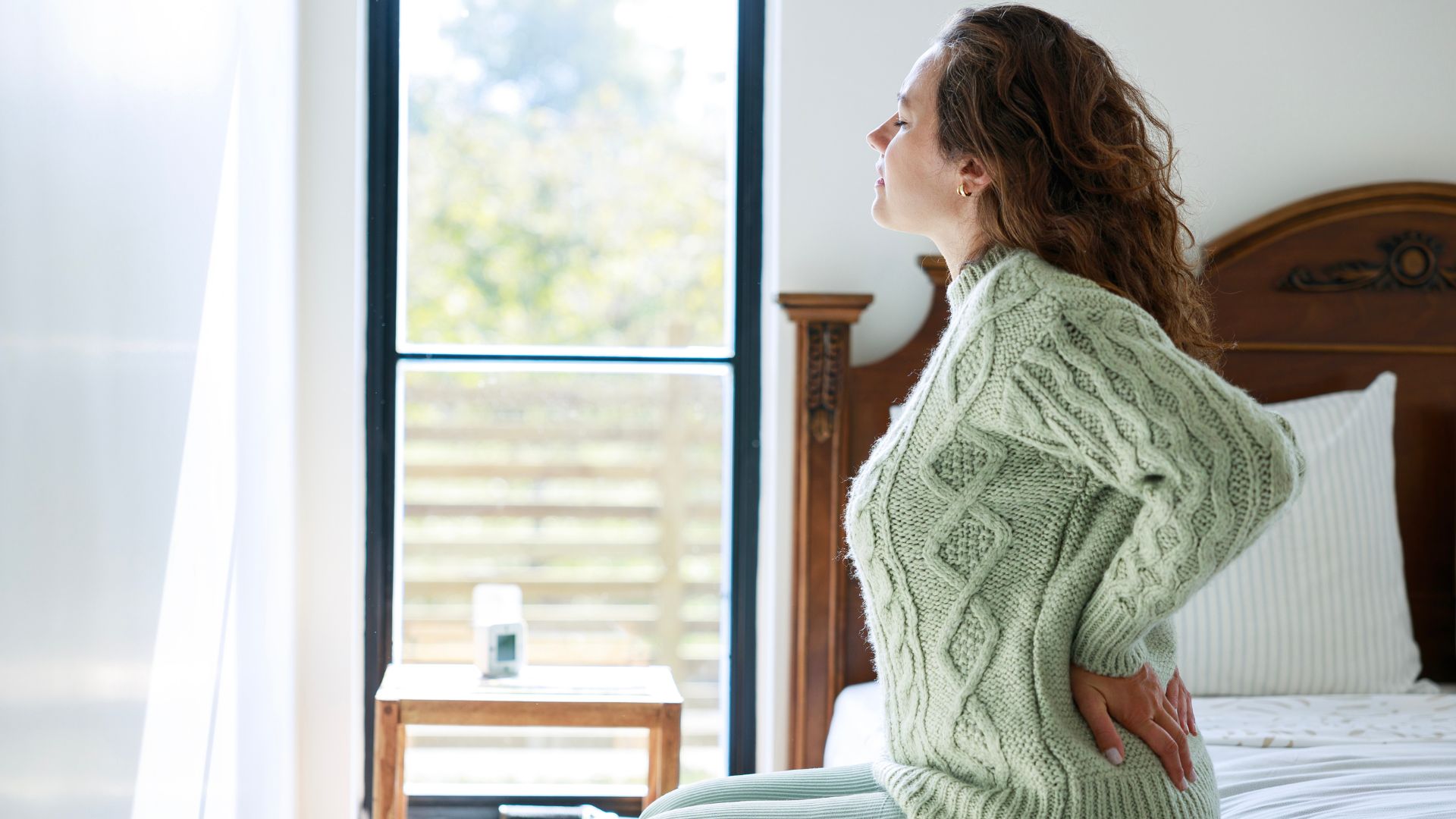
4. You need to cool down
While memory foam hybrids have the temperature regulators, such as ventilating coils or springs and gel-infused memory foam, many still sleep hot and can't always guarantee a cool night's sleep.
Latex, on the other hand, is naturally breathable thanks to its porous, airflow-inducing texture. They often come with moisture-wicking breathable covers made organic cotton, wool, and cashmere, and their coils add temperature control, too.
The 3 best latex hybrid mattresses to buy now
Avocado Green mattress: from $1,399 $1,189 at Avocado
Our Avocado Green mattress review praised this Dunlop latex hybrid for its cooling properties and ample support for stomach and back sleepers, along with those with heavier bodies. You can't always bank on there being any kind of Avocado mattress sale outside of their usual 10% off discount, but the eco-luxury brand has now rolled out a 15% off discount for Earth Month.
Awara Natural Hybrid mattress: from $1,299 $649 at Awara
This Dunlop latex hybrid is one of the most budget-friendly organic mattresses on the market, and we found it to be luxuriously thick and incredible value for money wehen testing it for our Awara Natural Hybrid Mattress review. Right now you can save up to $765 on the Awara Natural Hybrid, which takes the price of a queen size mattress down to $949, which is the cheapest we've ever seen it.
Birch Natural mattress: from $1,373.80 $1,099 at Birch
Our testers for the Birch Natural mattress review found this to natural Talalay latex bed to be great for hot sleepers, combination sleepers and those who want great edge support. Birch's current sale cuts 20% off its Natural mattress, reducing the price of a queen size to $1,699. This isn't one of the best prices we've ever recorded on this mattress (the brand frequently hosts 25% sales) but the MSRP is now much lower.

Frances Daniels is a PPA-accredited journalist and Sleep Staff Writer at Tom's Guide with an MA in Magazine Journalism from Cardiff University. Her role includes covering mattress and sleep news and writing sleep product reviews and buyer's guides, including our Best Hybrid Mattress 2025 guide. She is interested in the relationship between sleep and health, interviewing an array of experts to create in-depth articles about topics such as nutrition, sleep disorders, sleep hygiene, and mattress care. She is also our specialist on mattress toppers — producing bed topper reviews and taking care of our Best Mattress Toppers 2025 guide — and leads content relating to fiberglass-free beds for a non-toxic sleep. Outside of Tom's Guide, she has written for Ideal Home and Marie Claire.
